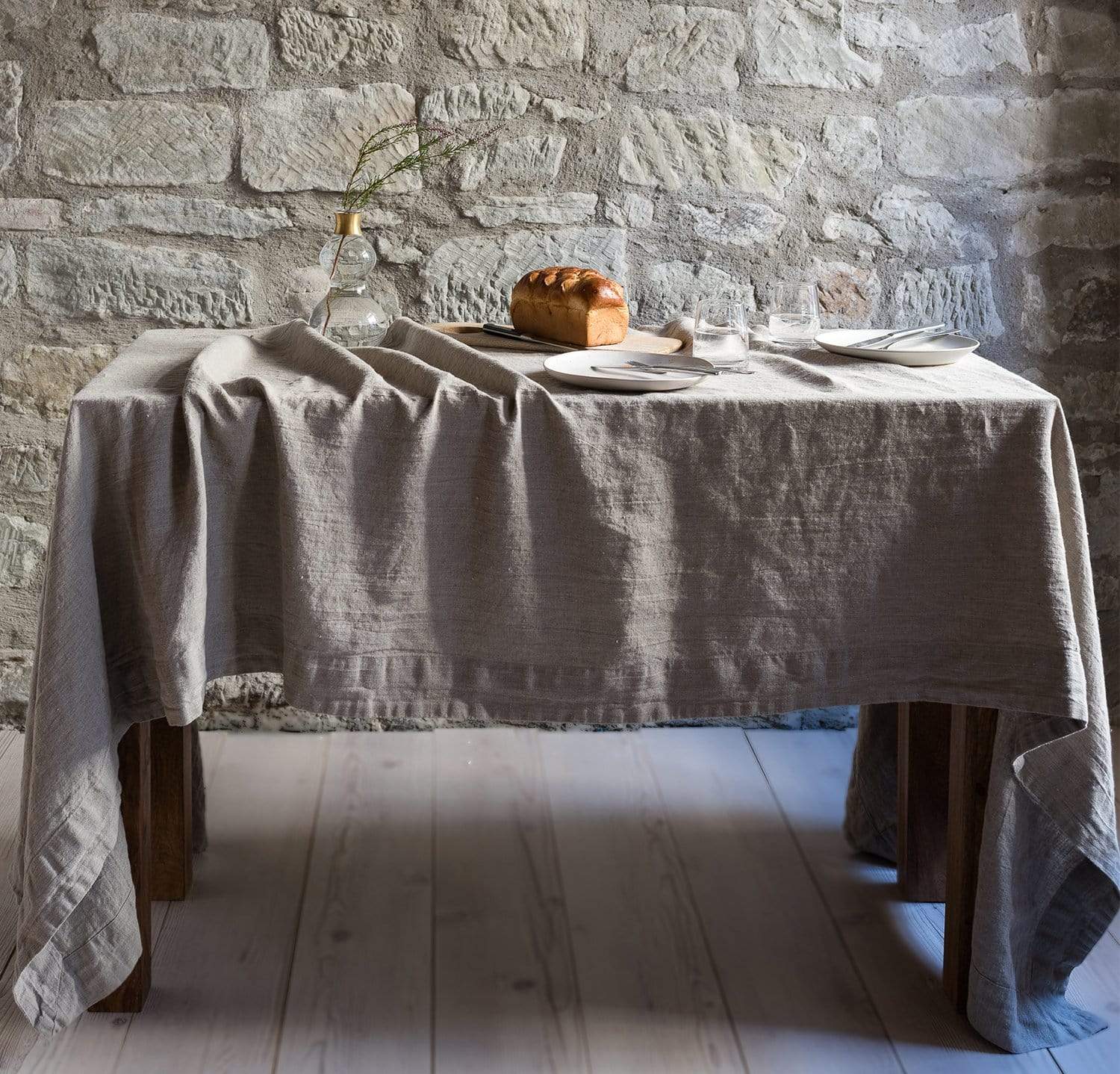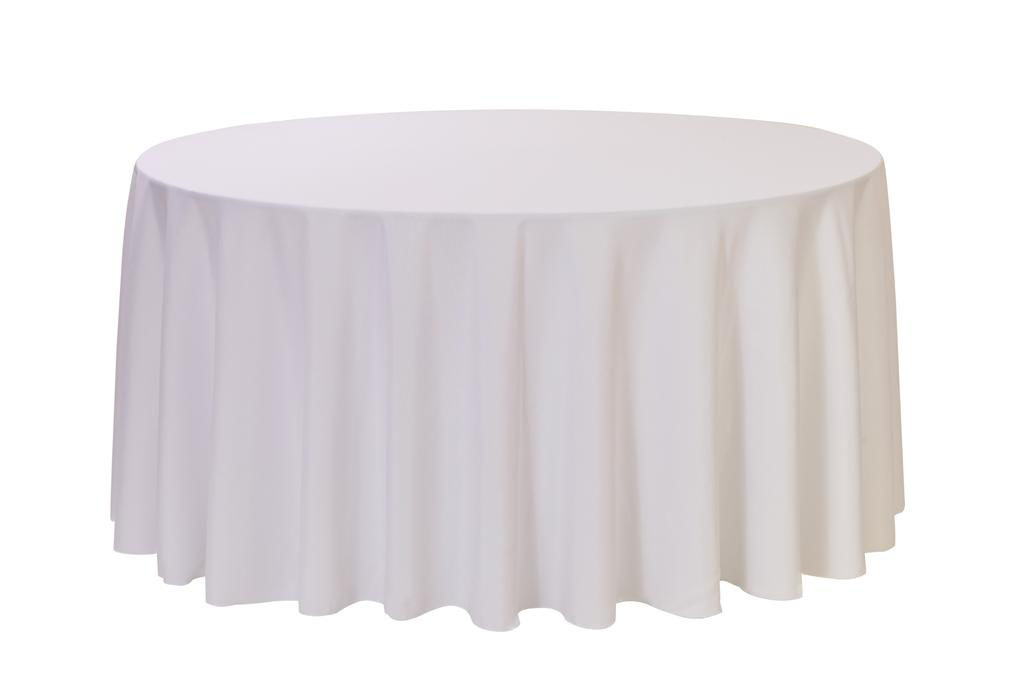Linen Fabric Advancements: Checking Out Modern Trends and Creative Applications in Layout and Fabric Sector
From lasting manufacturing techniques to advanced weaving technologies, the evolution of linen is improving the landscape of the fabric market. As we delve right into the worlds of innovative design applications and the appearance of bed linen blends and hybrid fabrics, a brand-new phase unfolds in which bed linen's function in future textile innovations takes facility phase.
Sustainable Practices in Bed Linen Manufacturing
Lasting techniques in bed linen production have come to be significantly critical in the textile industry's initiatives to reduce ecological effect and advertise ethical sourcing approaches. Bed linen, an all-natural fiber stemmed from the flax plant, offers a variety of benefits such as breathability, biodegradability, and durability. Nevertheless, traditional techniques of bed linen production can involve substantial water intake, pesticide usage, and energy-intensive processes.
To attend to these challenges, lots of textile manufacturers are embracing lasting methods throughout the bed linen production process. This consists of sourcing flax from organic ranches that avoid harmful chemicals and chemicals, implementing water-efficient retting methods to remove fibers from the flax stalks, and utilizing environmentally friendly dyes and coatings. Additionally, some business are investing in renewable resource sources to power their production centers and reducing waste through recycling and upcycling efforts.
Technical Developments in Linen Weaving
With the expanding emphasis on sustainable practices in linen manufacturing, the fabric sector is now experiencing a rise in technological improvements especially intended at revolutionizing the art of linen weaving. These developments are improving the means linen fabrics are produced, providing boosted performance, top quality, and creativity in weaving techniques.
One of the key technical advancements in linen weaving is the assimilation of computerized looms. These advanced looms are equipped with software program that enables intricate and intricate layouts to be woven with accuracy. By digitizing the weaving procedure, suppliers can attain better uniformity and precision in their linen fabrics.
Additionally, developments in yarn spinning modern technology have allowed the production of finer and more sturdy bed linen yarns - table cloths. This results in softer and smoother bed linen materials that keep their top quality also after several uses and cleans
Furthermore, the development of environmentally friendly dyeing processes and coatings for bed linen textiles is obtaining traction. These sustainable techniques not just decrease the ecological effect yet additionally satisfy the increasing customer demand for morally created fabrics.
Creative Style Applications for Linen
Cutting-edge artistic techniques are increasingly shaping the creative design applications for linen in the textile sector. Linen's natural visual allure and ability to mix with other fabrics make it a favored choice for producing distinct garments and devices that cater to the ecologically aware consumer.
Additionally, developers are explore linen in home design, utilizing its durable and breathable nature to craft trendy furnishings such as drapes, bedding, and upholstery. The texture and drape of linen bring a sense of elegance and comfort to interior areas, adding a touch of style to modern homes.

Linen Blends and Crossbreed Fabrics
:max_bytes(150000):strip_icc()/best-tablecloths-fw-FT-AFF1122-702aafd872a649dfaa0f1d1d0ffd171c.jpg)
Hybrid textiles, on the other website link hand, take the concept of mixing a step further by including extra aspects such as metallic strings, recycled materials, or conductive fibers. These cutting-edge textiles not pop over to this site just broaden the design opportunities however also present functional aspects like conductivity, antimicrobial homes, or enhanced longevity. Hybrid textiles are progressively being utilized in different sectors, including style, interior layout, and technical textiles, where the need for multifunctional materials is on the surge.
Linen's Duty in Future Textile Innovations

In the realm of future fabric technologies, linen is expected to be a principal in the growth of advanced practical materials. Developers and scientists are exploring ways to improve bed linen's integral top qualities through technological improvements, such as integrating clever fabrics, nanotechnology, and efficiency finishes. These innovations aim to elevate bed linen's efficiency attributes, making it suitable for a broader series of applications, from activewear to protective garments.
Additionally, the mix of bed linen with other natural or synthetic fibers opens up endless opportunities for developing unique fabrics with special buildings and capabilities. By leveraging bed linen's features and checking out ingenious blends, the textile industry is poised to present amazing advancements that satisfy developing consumer requirements and sustainability demands.
Final Thought
In conclusion, the exploration browse around these guys of lasting methods, technological advancements, imaginative style applications, linen blends, and its duty in future textile innovations highlight the continual development of linen textile in the contemporary design and fabric market. With a concentrate on technology and imagination, the flexibility and eco-friendly nature of bed linen make it an important product for suppliers and designers alike, leading the way for further developments and innovations in the field of fabrics.
As we dig right into the realms of imaginative style applications and the appearance of linen blends and crossbreed fabrics, a brand-new chapter unravels in which bed linen's function in future fabric technologies takes center phase.
Exploring the combination of bed linen with other materials has led to the emergence of ingenious blends and crossbreed textiles in the contemporary fabric industry. Linen blends supply a distinct mix of the characteristics of bed linen with those of various other fibers, resulting in fabrics that possess improved residential or commercial properties such as boosted resilience, enhanced draping, and lowered wrinkling.The evolution of linen blends and crossbreed textiles has set the stage for Bed linen to play a crucial role in driving future textile advancements.In the world of future fabric innovations, linen is expected to be a crucial gamer in the growth of innovative functional fabrics.
Comments on “Versatile Table Cloths: Styles and Fabrics for Any Type Of Occasion”